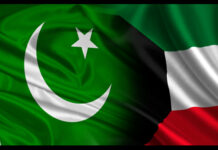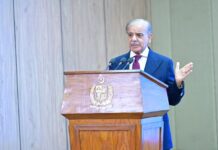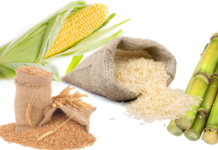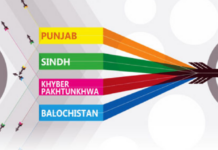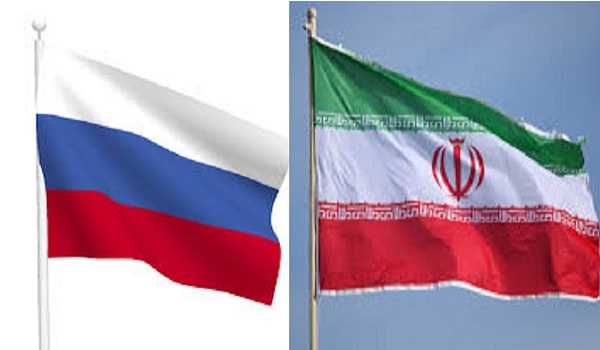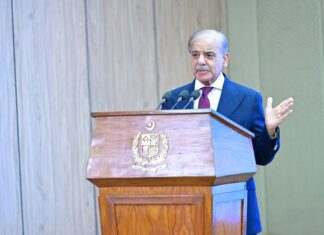A landmark free trade agreement between Iran and the Russian-led Eurasian Economic Union (EEU) officially took effect on Thursday, laying the foundation for expanded trade in key sectors such as agriculture, metal goods, and manufacturing, according to a senior Russian official.
The EEU, which also includes Belarus, Armenia, Kyrgyzstan, and Kazakhstan, is dominated economically by Russia. Over the past year, trade between Moscow and Tehran—both facing sweeping Western sanctions—rose by 16% to reach $4.8 billion.
The deal is part of a broader 20-year strategic pact signed by Russia and Iran in January. The two nations have not only collaborated on military supplies but have also backed each other on nuclear energy policies, with Russia defending Iran’s right to develop peaceful nuclear technology.
Deputy Prime Minister Alexei Overchuk hailed the agreement as a breakthrough for Tehran. “For the first time in its modern history, Iran is opening up its markets to goods from other countries,” he told Russian news agencies, noting that Iran has traditionally shielded its domestic industries through protective trade policies.
Under the new trade framework, the average tariff on Russian products entering Iran will drop from 16.7% to just 5.2%, translating to estimated annual savings of $300 million for Russian exporters.
Iran’s Oil Minister Mohsen Paknejad, who visited Moscow in April, projected that the free trade agreement will boost bilateral trade to $6 billion. In 2024, Iran was the third-largest buyer of Russian wheat.
Russian producers of metal products, construction materials, pipes, paper goods, radar equipment, and a range of agricultural exports—including grains, sunflower oil, soybean oil, and sunflower seeds—are expected to be the primary beneficiaries of the deal.
The Kremlin also disclosed that President Vladimir Putin has received an invitation to visit Iran, although a date for the trip has not yet been confirmed.



